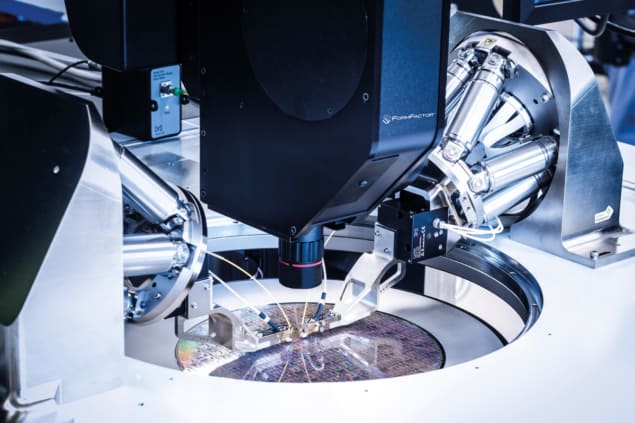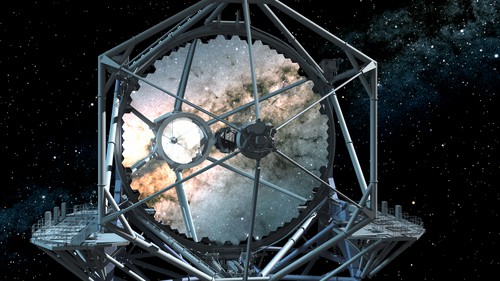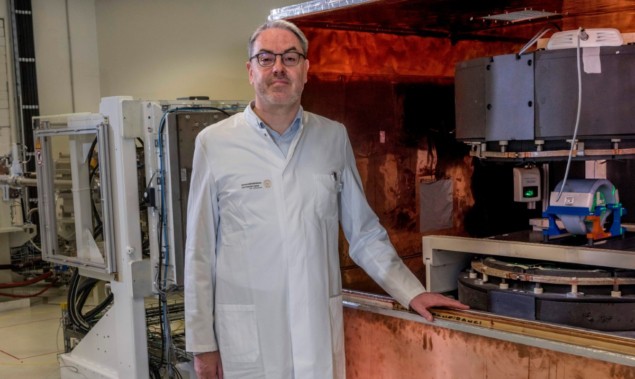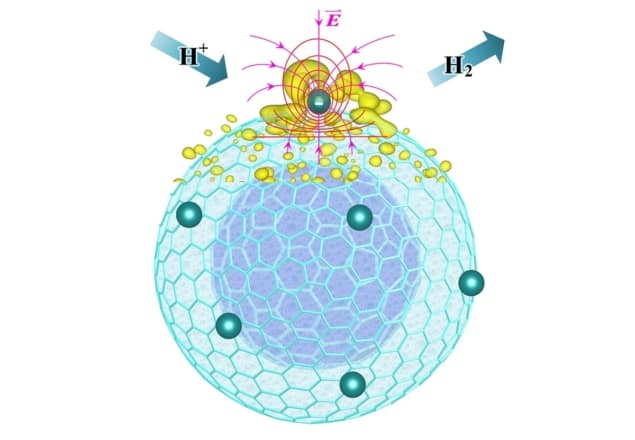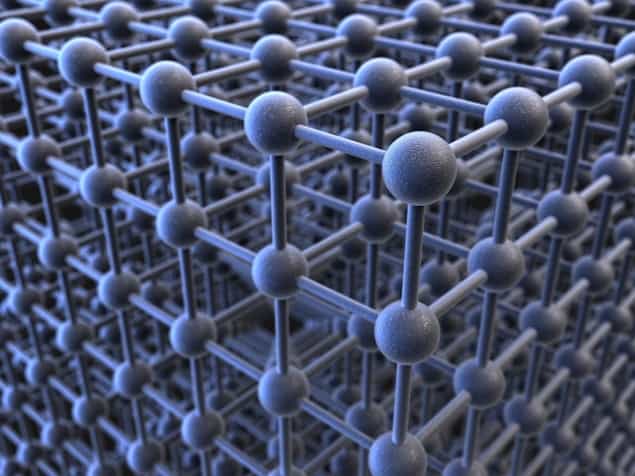Το Chladophora aegagropila (Moss Balls)
Το Chladophora aegagropila (Moss Balls) είναι πολύ δημοφιλές για τον έλεγχο των
φυκιών από την πείνα των ανεπιθύμητων φυκιών, χρησιμοποιώντας τα ίδια θρεπτικά
συστατικά. Με τις σωστές συνθήκες έχουν τη δυνατότητα να επιπλέουν ή να
βυθίζονται στο ενυδρείο, γεγονός που τους καθιστά πιο ενδιαφέροντα.
Τα νημάτια των φυκιών αυτών
αποτελούνται από κυματοειδή σαν πιάτα κύτταρα. Οι ειδικοί, ετοιμάζουν δείγματα
νερού από μια λίμνη στην περιοχή που υπάρχει νερό. Τα κυανοβακτήρια και τα άλγη
διηθούνται για να ληφθεί DΝΑ για
αλληλούχιση και ταυτοποίηση.
Από αυτά τα δείγματα, θα
ακολουθήσει η εξακρίβωση του DNA για να ταυτοποιήσει
τα είδη στο νερό και θα μετρήσει τη συγκέντρωση των μικροκυστίνων που τυχόν
μπορεί να υπάρχουν για να καθορίσει εάν το νερό τύχει απουσία μικροκυστίνων,
και είναι δηλαδή ασφαλές για ανθρώπινη χρήση.



